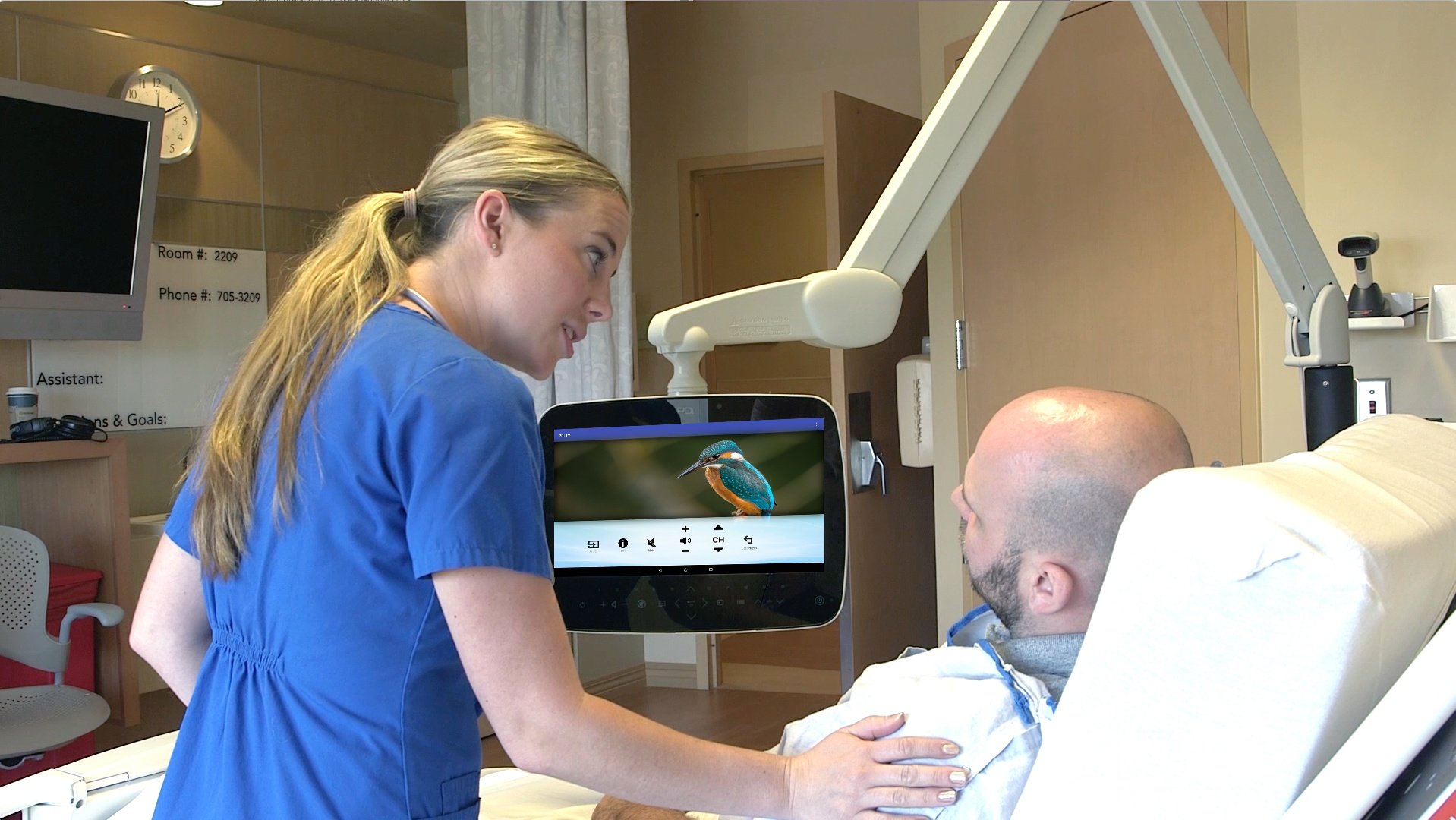Continuity of Care Matters in All Healthcare Settings
Acute or post-acute hospitals, infusion centers, primary care providers offices: no matter what healthcare setting you think of, continuity of care...

In any situation, healthcare is not cheap. This isn’t a surprise. Doctors, nurse practitioners, nurses, specialists and everyone involved in healthcare are well-trained, and their time is valuable. Medical equipment is expensive. Pharmaceuticals can be extremely pricey, depending on the medication. However, healthcare is a critical need for almost everyone. For those who don’t need healthcare right now, they likely will in the future.
People, organizations and governments have tried to decrease these high costs, but a perfect plan still hasn’t been created. One way the Affordable Care Act tried to address this in 2012 is through the establishment of accountable care organizations. These organizations were designed to improve quality of care and decrease costs through Medicare.
An ACO is a group of hospitals and healthcare providers who come together on their own to deliver high-quality care to a specific group of patients at the right time. These groups can help anyone, but they’re especially designed to support the chronically ill. In order to reduce Medicare costs, the providers in an ACO prioritize avoiding duplication of services and spending healthcare money wisely, and when successful, the ACO shares in the savings it achieves.
ACOs agree to take on the complete cost of providing care for their patients, so they’re motivated to save money and decrease those costs. These groups coordinate their efforts to improve the quality of care, save time and prevent medical errors. Some healthcare leaders believe that by tying care quality and patient outcomes to these financial outcomes, providers will be more motivated to focus on improving the quality of care, rather than tying a set fee to a particular service.
Value-based care ties in with what ACOs do. Value-based care prioritizes the quality of a patient’s outcomes over the quantity of their visits. Rather than receiving a certain dollar amount for each time a patient visits the practice, instead provider payments are more based on milestones. For example, if a patient has a procedure done and then doesn’t end up back in the office (except for an expected follow-up visit), the provider will earn additional reimbursements.
The overall goal of value-based healthcare is to have a healthier society. By prioritizing better outcomes for individuals, providers improve their satisfaction rates and care efficiencies. This, in turn, reduces risks for payers, and suppliers are able to align their prices with patient outcomes. And, overall, society decreases their spending on healthcare. This might sound fanciful, but it’s a long-term goal that could hopefully be achieved one day.
Even if value-based care isn’t at that end goal, there are plenty of benefits that patients will feel along the way. Perhaps there will be more preventative care measures offered. Maybe providers will be able to spend more time with patients to more accurately and thoroughly determine next steps. As we slowly make our way further into value-based care, it’s important to enjoy the small wins as they happen.
There used to be three different kinds of Medicare ACOs. The first is a Medicare Shared Savings Program. This is the type of ACO that is still active today. It promotes accountability to patients, coordinates items and services for beneficiaries, and encourages investment in high-quality and efficient services. There are currently 483 ACOs in the United States, providing care to 11 million beneficiaries.
The other two kinds of ACOs were the Pioneer ACO Model and the Next Generation ACO Model. The Pioneer was designed to work in coordination with private payers, and it had higher levels of shared risk and payout. The Pioneer program ended in 2016. The Next Generation model set predictable financial targets and gave providers and beneficiaries more chances to coordinate care. This model completed its test in December of 2021.
When you’re working in a value-based way, efficiency is still important. It might not seem that way, since outcomes matter more than the quantity of patients you see, but efficiency matters to the patient. By decreasing the number of visits you have with a particular patient, you’re increasing your efficiency. However, this also means that the entire healthcare team needs to be on the same page.
This is where communication becomes relevant. If communications break down at any step of the process, it becomes difficult for providers to make fully-informed decisions. The more time providers spend going back and forth with one another or with specialists, they’re losing efficiency and losing the chance at some of their reimbursements.
This is where the patient often starts their journey, so it’s where healthcare efficiency needs to start, too. Primary care doctors have the important job of starting this experience, so they need to listen carefully and think critically to choose the right next step. In some cases, that next step is referring the patient to a specialist. By choosing the right specialist, things can continue to flow smoothly.
However, unfortunately this isn’t always the case. In many cases, primary care doctors are too busy to give their patients the personalized attention and care they need to accurately direct them to the next phase in the healthcare process. Sending them to the wrong specialist or, even worse, sending them home without doing anything can have major implications on Medicare reimbursements in the future. Additionally, if notes, diagnoses and thoughts aren’t properly communicated throughout the care team, pieces of the care puzzle can easily be missed.
For ACOs, each step of the continuum of care is connected. Patients have always noticed this continuity of care (or lack thereof), but recently it’s become more important to providers because of these reimbursements and the rise of value-based care. When any step of the care process breaks down, the effect is felt throughout the entire system, and that includes in the payment realm.
The primary care sphere is busy, that’s for sure. Between triaging major complaints and meeting with patients for annual physicals or other preventative care measures, there’s a lot going on. But, that also makes it a very important part of the process. This is where the entire care process gets started, and these providers can move it forward efficiently and with great communication. Or, if inefficiencies happen and the process begins to break down, the ACO will feel it at the end, when the reimbursements don’t come back quite where they may have been otherwise.

Acute or post-acute hospitals, infusion centers, primary care providers offices: no matter what healthcare setting you think of, continuity of care...

Patient-centered care brings patient engagement and personal involvement in care to a new level. When facilities try to implement patient-centered...

Healthcare is very involved. Especially if a patient is very ill or has a chronic condition, there are likely many people involved in their care...